In addition to the growth in cargo volume and number of ships passing through, in recent times, our country’s maritime transport and maritime traffic activities have had many bright spots. If properly invested, Vietnam’s maritime and seaport sectors are fully capable of surpassing Singapore in the near future.
According to statistics from the Vietnam Maritime Administration, in 2024, the volume of goods through the seaport system is estimated to reach 864.4 million tons, an increase of 14% over the same period in 2023. Of which, container cargo through the seaport system is estimated to reach 29.9 million Teus, an increase of 21%.
Vietnam's seaports and maritime affirm their position on the international map.
The volume of ships passing through the port also increased when in 2024, the number of ships passing through the seaport is estimated at 102.67 thousand, an increase of 2% over the same period in 2023. Inland waterway vehicles grew at a higher rate of 8%, reaching about 380.1 thousand. Notably, the volume of goods transported by the Vietnamese shipping fleet in 2024 also progressed positively, increasing by 3%.
In addition to growth in cargo volume and number of ships passing through, in recent times, maritime transport and cargo circulation activities have always been stable and have many bright spots.
Positive results were recorded when Cai Mep port cluster entered the top 7 in terms of CPPI (container port performance index), Hai Phong seaport ranked 70th, according to the announcement of the World Bank and S&P Global Market Intelligence Financial News Agency in 2024.
Removing infrastructure bottlenecks and the aspiration to reach out to the ocean
Mr. Nguyen Canh Tinh - General Director of Vietnam National Shipping Lines said that in recent times, the continuous increase in ship size and cargo volume has put great pressure on Vietnam's maritime infrastructure system.
Currently, the volume of goods passing through Vietnam’s seaports has reached 30 million TEUs, far exceeding the forecast of 10 years ago. Meanwhile, Singapore – the largest transit port in the region – is handling about 37 million TEUs. With that growth rate, VIMC leaders believe that Vietnam is fully capable of surpassing Singapore in the near future.
But according to Mr. Tinh, to develop the maritime industry, the biggest challenge now is dredging the waterways. Dredging projects need to be implemented quickly to meet the requirements of large ships.
Mr. Nguyen Canh Tinh - General Director of Vietnam National Shipping Lines.
However, according to the Vietnam Maritime Administration, the budget for this activity is still limited and has not received due attention. Meanwhile, ports need to apply the “open port” model, integrating customs systems to reduce customs clearance time, facilitate inter-port cargo transportation and increase competitiveness.
To address these bottlenecks, VIMC has focused its resources on strategic deep-water port projects. A typical example is the Can Gio international transit port project, which is expected to become a new symbol of Vietnam’s maritime industry. With its strategic location, Can Gio port not only shortens the transportation process and significantly reduces logistics costs for domestic goods, but also opens up opportunities for Vietnam to participate more deeply in the global supply chain.
“We hope the Prime Minister will approve this project and request Ho Chi Minh City to soon complete the procedures for selecting investors. This will be an important step to elevate the Vietnamese maritime industry and compete fairly with major seaports in the world,” said the General Director of VIMC.
When put into operation, Can Gio port and Cai Mep - Thi Vai port cluster will become a port complex that helps improve the competitiveness of Vietnam's maritime industry, re-routing the maritime map of the current region and the future of Asia.
Not only that, the port cluster also helps Vietnamese goods reduce their dependence on transit through Singapore, creating direct international shipping routes from Vietnam, significantly increasing the competitiveness of domestic goods in the international market.
Along with upgrading seaport infrastructure, VIMC also aims to rapidly develop the national fleet through a cooperation strategy with the world's largest shipping lines.
Emphasizing the goal of developing a strong fleet to meet domestic freight transport needs and serve international routes, Mr. Tinh said that this is an important step to bring Vietnamese goods directly to the world without having to transit through other countries.
Last year, the volume of freight transport and the volume of goods through VIMC's port system both grew.
With support from the government and ministries, VIMC will continue to implement breakthrough projects to realize the goal of bringing Vietnam's maritime industry to the regional level.
In addition to economic goals, VIMC's strategies also aim to contribute positively to the overall development of Vietnam. Deep-water port projects create jobs and also promote the development of supporting industries. Thereby, improving the quality of life for people and affirming Vietnam's position on the world maritime map.
To realize this strategy, Mr. Tinh emphasized the need for strong support from the Government and ministries. In particular, policy mechanisms to encourage the development of large enterprises such as strong decentralization to representatives of equity capital and giving autonomy to enterprises are prerequisites for Vietnamese corporations to reach out to the world.
“With the support from the Government and ministries, VIMC will not only achieve its business goals but also contribute to raising Vietnam's position in the global value chain,” Mr. Tinh affirmed.
Unblocking institutions, seizing opportunities
Recently, many policies have been issued by the Government, the Ministry of Transport and the Vietnam Maritime Administration to remove difficulties and help businesses stabilize production and business activities, such as Decree 57/2024 on the management of dredging activities related to maritime infrastructure, inland waterway infrastructure in seaport waters and inland waterway waters;
Minister of Transport Tran Hong Minh
Circular 31/2024 amends and supplements a number of articles of Circular 12/2024 regulating the mechanism and policies for managing service prices at Vietnamese seaports...
Along with that, the Vietnam Seaport System Development Plan for the 2021-2030 period, with a vision to 2050, the Dry Port System Development Plan for the 2021-2030 period, with a vision to 2050, or the Vietnam Sea Transport Fleet Development Projects, the Basic Standards on Vietnam Green Port Criteria... help the maritime industry gain momentum towards sustainable development.
At the conference summarizing the transport sector, on the issue of maritime and seaport development, Minister of Transport Tran Hong Minh affirmed that Vietnam continues to maintain its fleet on the white list, contributing to enhancing the position of the maritime sector in the international arena. Budget revenue and State budget contributions have both increased. Disbursement has so far reached about VND 2,800 billion, reaching 96%.
In the coming time, the Ministry of Transport requires the Vietnam Maritime Administration to continue digital transformation more actively and strongly, applying IT and artificial intelligence in maritime operations management. For port enterprises, it is necessary to update IT during the loading and unloading process, reducing the time ships wait at the port.
In particular, continue to review and submit to competent authorities for approval and signing of bilateral and multilateral transport agreements, enhancing Vietnam's position in the international arena.
“The maritime sector needs to promote connections and learn from countries with experience in building and developing green ports, smart ports, etc. to meet Vietnam's commitments to environmental protection,” Minister Tran Hong Minh emphasized.
Phi Long/VOV.VN
Source: https://vimc.co/vietnam-sea-port-security-is-implemented-on-the-international-map/


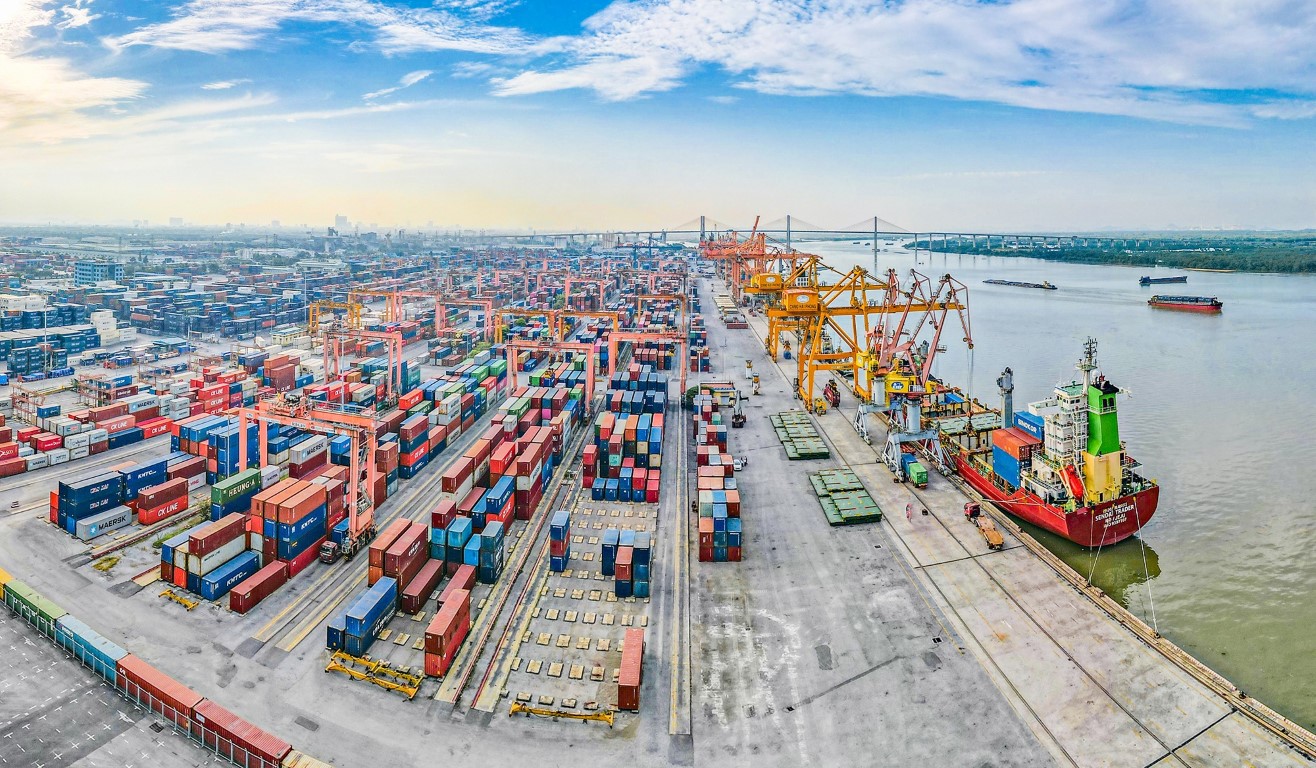
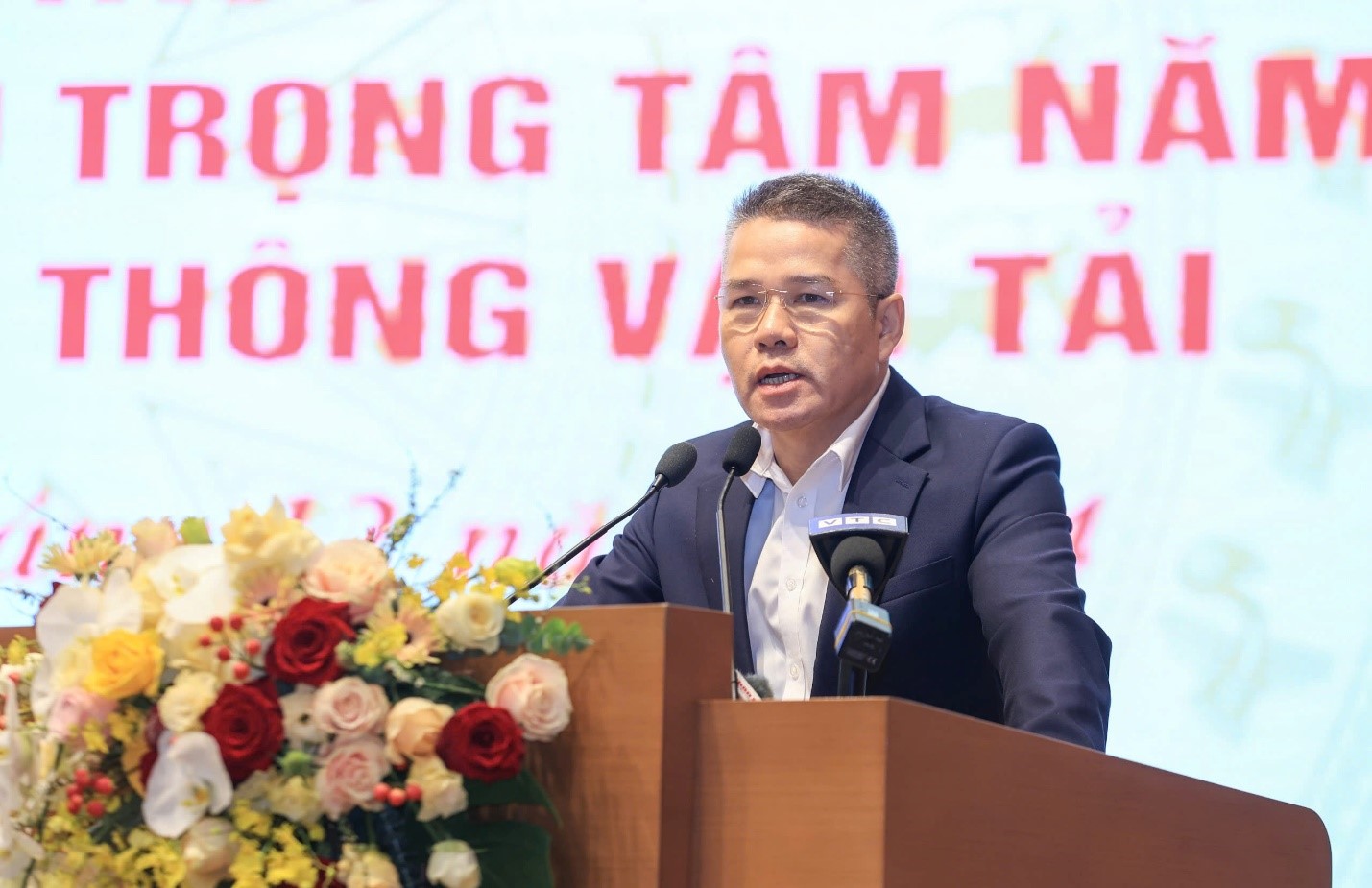
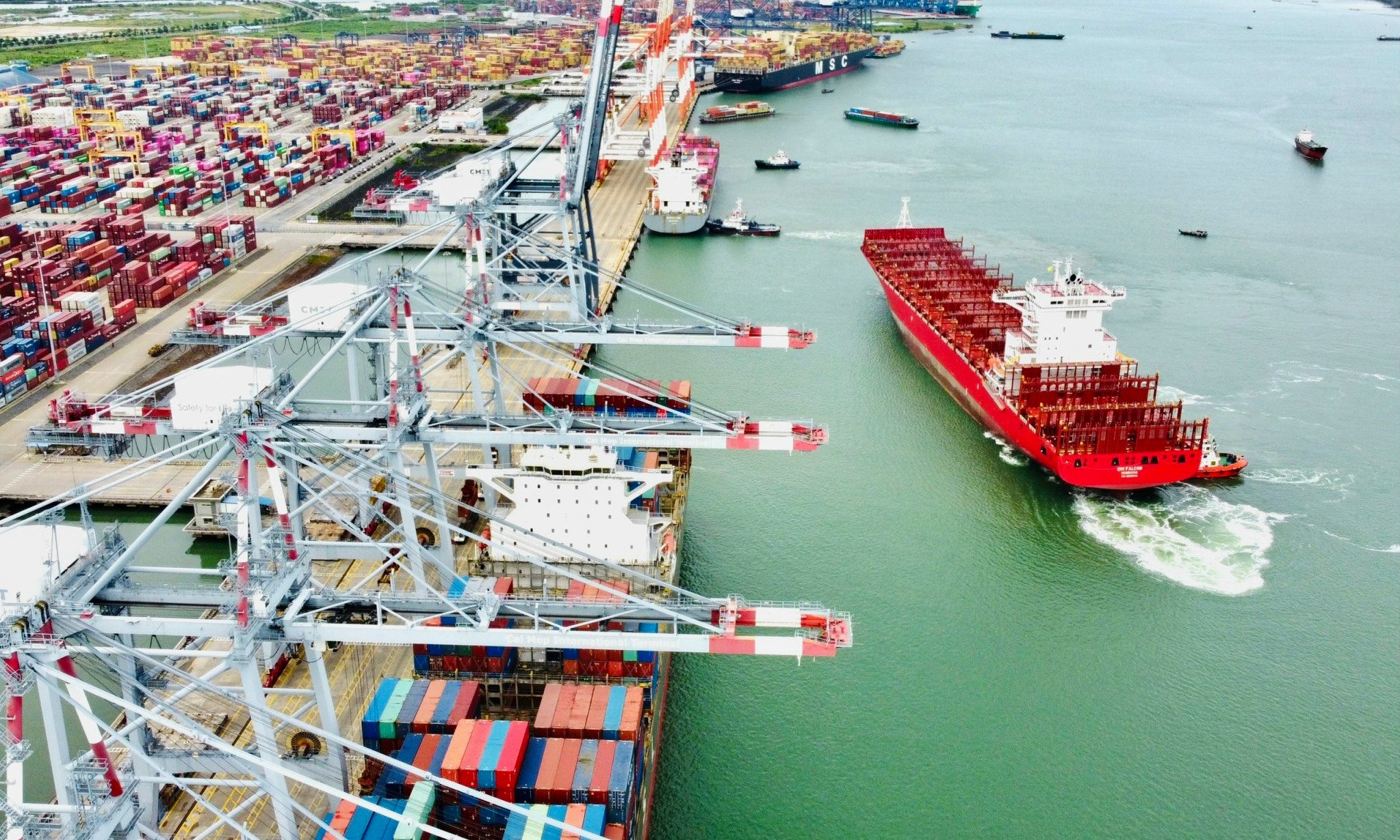
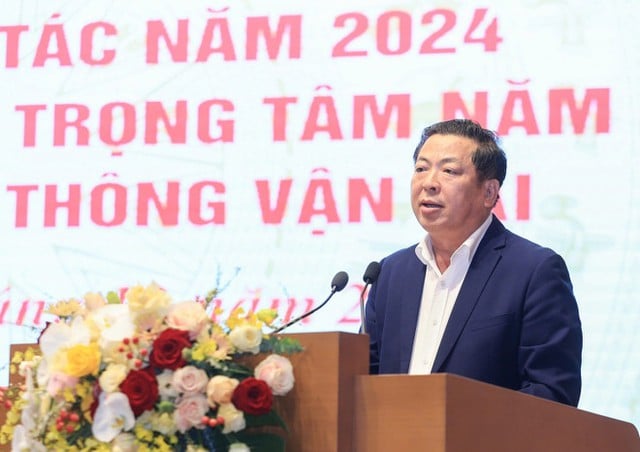
![[Photo] 12th grade students say goodbye at the closing ceremony, preparing to embark on a new journey](https://vphoto.vietnam.vn/thumb/1200x675/vietnam/resource/IMAGE/2025/5/28/42ac3d300d214e7b8db4a03feeed3f6a)



![[Photo] Prime Minister Pham Minh Chinh receives a bipartisan delegation of US House of Representatives](https://vphoto.vietnam.vn/thumb/1200x675/vietnam/resource/IMAGE/2025/5/28/468e61546b664d3f98dc75f6a3c2c880)
![[Photo] Vietnamese and Hungarian leaders attend the opening of the exhibition by photographer Bozoky Dezso](https://vphoto.vietnam.vn/thumb/1200x675/vietnam/resource/IMAGE/2025/5/28/b478be84f13042aebc74e077c4756e4b)




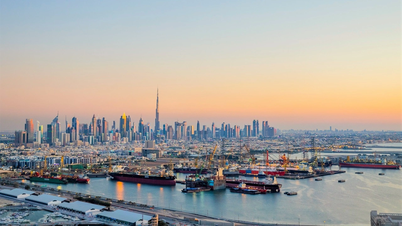
![[Maritime News] MSC ship sinks off the coast of India, spills oil and drops hundreds of containers into the sea](https://vphoto.vietnam.vn/thumb/402x226/vietnam/resource/IMAGE/2025/5/27/9292d76c79c04f08a6397de5492b7ae2)
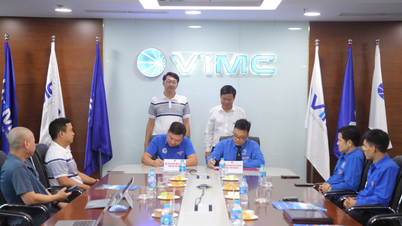






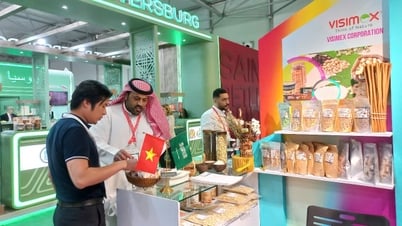









































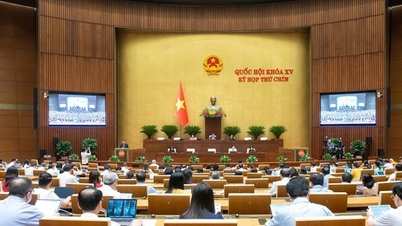










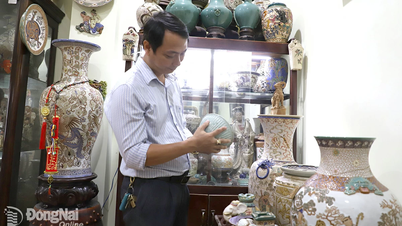

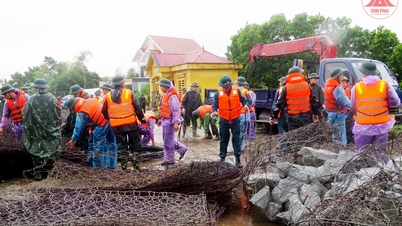

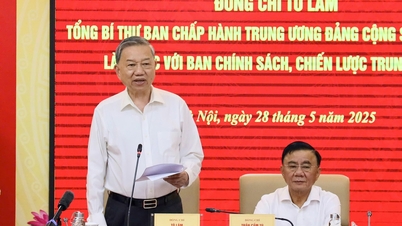













Comment (0)